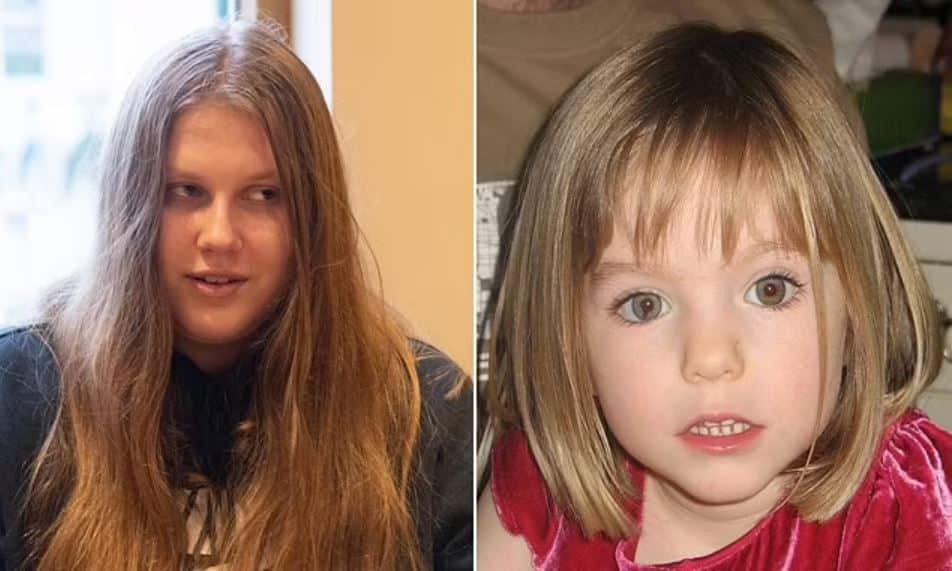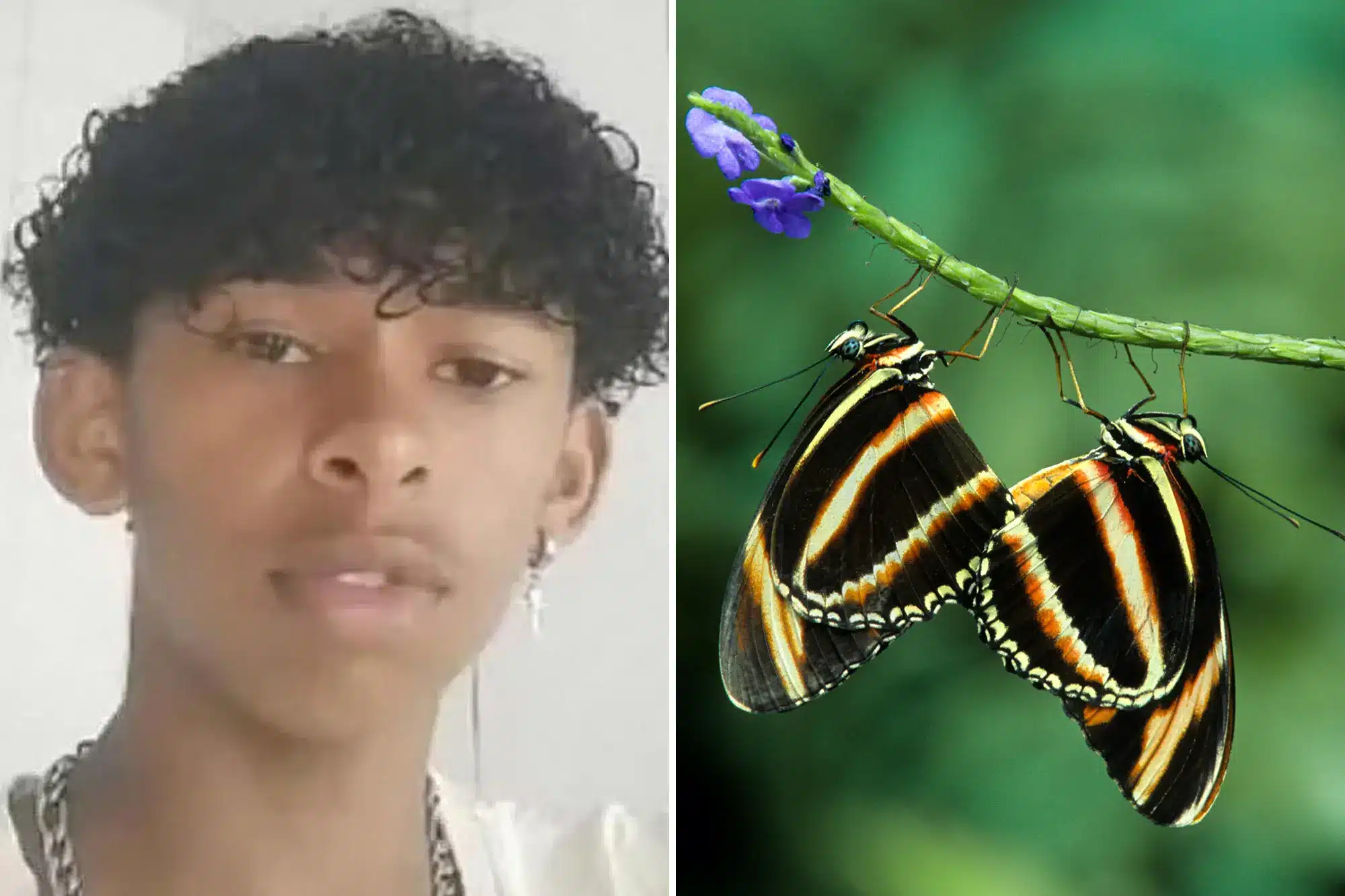Here at Sick Chirpse we’ve told you a fair bit about distant and far away tribes who practise ritualistic cannibalism. We’ve also mentioned mass cannibalism that occurs when society disintegrates and people are forced to eat each other in order to ward off fatal starvation. But what about modern cannibals who aren’t members of a tribe, who aren’t starving and who simply want to satisfy their terrible urges? Who are these people who are obsessed with Western society’s biggest cultural taboo?
The Butcher of Rostov
https://www.youtube.com/watch?v=6JTI_rX86Ww
Andrei Chikatilo, otherwise known as the Butcher of Rostov, was born in the village of Yabluchne in the Ukraine. His birth coincided with one of the worst famines in the history of Europe caused by widespread crop failure stemming from Stalin’s brutal enforcement of collectivisation. Chikatilo’s parents worked as farm labourers but during the Second World War his father, Roman was drafted into the army and was soon taken prisoner after being injured in combat. Whilst his father was away, his mother gave birth a baby girl who is widely speculated to have been conceived as a result of a rape committed by a German soldier.
Chikatilo himself was always a shy child with a love of reading. Consequently he was often a target for bullying and humiliation by his class mates and peers. To make matters worse, as a young man he realised he was unable to achieve or maintain an erection, increasing his social awkwardness and inner rage.
After attending Rostov University, Chikatilo embarked on a career as a teacher of Russian literature and language and in 1963 he got married. The couple managed to have a son and a daughter whom, given his impotence, he has always claimed were conceived by pushing semen inside his wife with his fingers.
And that’s the life Andrei Chikatilo.
No wait, I’m forgetting something.
Oh yeah, he also killed, mutilated, raped and ate 56 women and children.
The first of Chikatilo’s victims to be discovered was Lyubov Biryuk, a 13-year-old schoolgirl whose decomposed body was found naked in a forest with two broken ribs, eyeballs ripped out and sexual organs attacked with a knife. The discovery prompted a thorough search of the surrounding area but police found no evidence, leading to their assumption that this was a random attack which in all likelihood would never be solved. However, they couldn’t have been more wrong as this would be the first victim of many to come.
In 1978, Chikatilo had moved to the mining town of Shakhty in 1978, where he secretly bought a remote shack which he would eventually use to lure 9-year-old Lena Zakotnova. Chikatilo’s attempt to rape the child was thwarted by his inability to achieve an erection, sending him into a furious rage. Using serial killer logic, he decided to use a knife as a phallic replacement and stabbed the girl to death.
Chikatilo almost had his killing career cut short when an eyewitness informed police that she had seen Chikatilo with poor little Lena around the time of her disappearance. Luckily for him, the woman with the world’s worst taste in men (his wife) provided him with an alibi and one Alexsandr Kravchenko, a 25-year-old convicted rapist, was mistakenly arrested and convicted of the rape and murder before being executed.
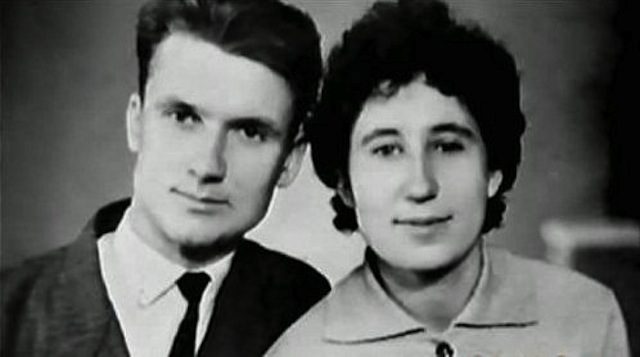
After a three year hiatus, Chikatilo struck again, this time murdering 17-year old Larisa Tkachenko whose mouth was crammed with dirt and leaves to stop her screaming. This attack prompted a killing spree and the travel that was afforded to him with his work at raw materials factory meant he had ample opportunities to befriend and later kill young runaways and vagrant. His MO at the time involved luring these young women away from the bus stops and shelters where he found them with the promise of food. He would then stab them numerous times and sexually assault them using a knife, often biting off body parts such as tongues or nose tips. With his earliest victims he gouged out their eyes and with the later victims he removed and ate their raw sexual organs.
The bestial nature of the killing of 17-year old Tkachenko prompted a police search for suspects from psychiatric institutions and juvenile detention centres. One named suspect committed suicide rather than be interrogated by the police, leading police to the false assumption that this was an act of guilt. They then abandoned their search, assuming that their man had been found.
More Real Crime: Capital Punishment In England
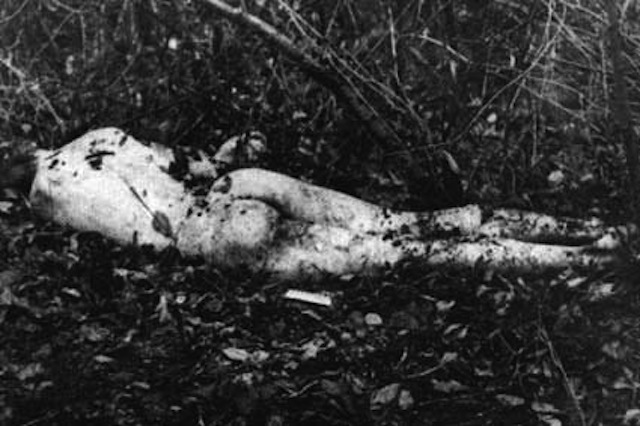
However, just two months later another body was found, an unidentified corpse with the by now familiar genital lacerations, bite marks and multiple stab wounds. Four weeks later, yet another body was found in the same condition, prompting lead detective Major Mikhail Fetisov to acknowledge that he was now looking for a serial killer.
In the same month a fifth victim was found, this time with torn clothes found in the vicinity, meaning detectives now had some evidence to work with. Major Fetisov put together a task force whose specific duty it was to track down the serial killer. This team was headed by Second Lieutenant Viktor Burakov who, by all accounts, is the type of obsessive detective who wouldn’t be out of place as a brilliant but tortured detective in a Hollywood series, overdoing the booze and straining under the fragmented relationship with his ex-wife who just wanted him to let it go.
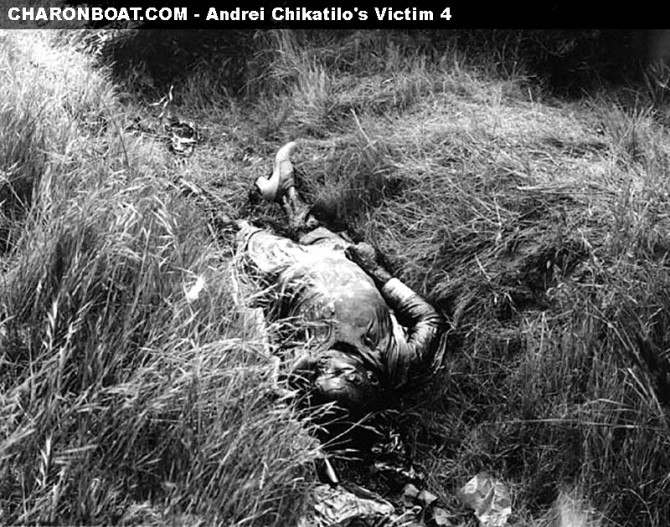
Anyway, the team put together a suspect profile which predicted a sexually motivated (I told you he was a brilliant detective) and violent (how DO they figure this stuff out?) killer who was quite accomplished at covering his tracks (this really is just calling a spade a spade). Facing a serious lack of evidence, the team turned to investigating unsolved murders to see if they might have been the serial killer’s victims.
However, soon after a 10-year old girl named Olga Stalmachenok was found in a field, with mutilated genitals and her chest area removed. Her sexual organs, heart and lungs were missing and her eyes had been gouged out. Four months later the bones of a 13-year-old girl with Down’s Syndrome were discovered, followed by the body of a 7-year-old boy a month later in the now signature state of Chikatilo savagery. Throwing a boy into the mix blind-sided the police, rendering their heterosexual criminal profile of the killer useless. This bisexuality of a serial killer was unusual given that they most frequently target similar victims. This abnormality led police to the false assumption that the suspect must be working with an accomplice.
Next: World’s Worst Psychiatric Institutions
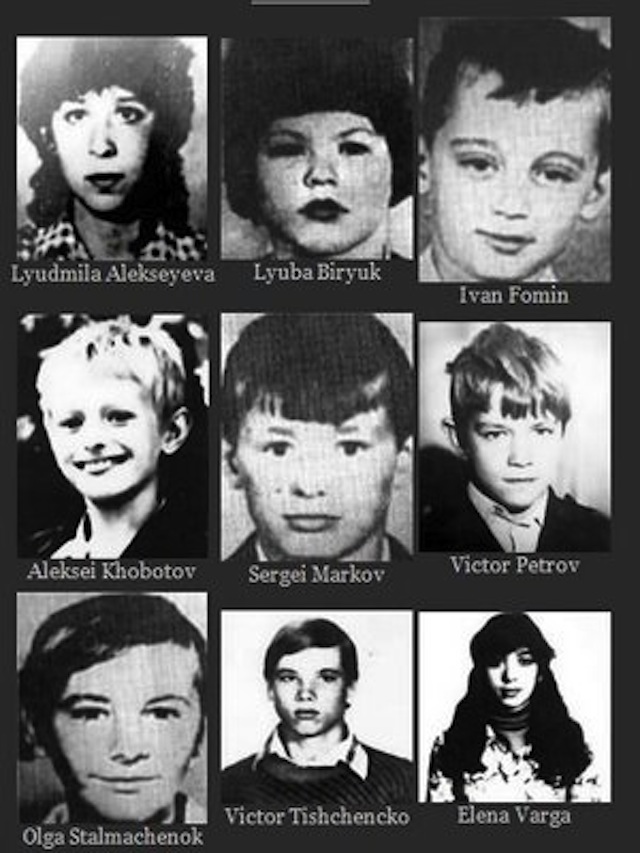
Soon after, police apprehended a new suspect; 19-year old Yuri Kalenik who had grown up in a home for mentally disabled children, many of whom he had stayed in close contact with ever since. Kalenik was interrogated extensively after one of the residents of the home told a bus conductor that he was responsible for the murders. Without access to an attorney Kalenik, who had severe learning disabilities, falsely confessed to the murders, telling police about the killings and his morbid fantasies. In an era lacking in DNA analysis, police believed yet again that they had their man.
Second Lieutenant Burakov began to doubt the validity of Kalenik’s confession when he took the young man to an area where bodies had been discovered and Kalenik could not locate the site of the bodies without hints and directions from the police. Similarly, Kalenik’s written statement seemed to Burakov to have been written in accordance with what police expected him to write.

These doubts were verified when another brutally mutilated body was found with her nipples bitten off, her reproductive organs removed and her abdomen sliced open with a knife. Shortly thereafter, another body was found which was deemed to have been dead for only three days. As Kalenik had been in custody during that time, his innocence was proven and he was let go. Two more separate bodies were discovered, the latter belonging to Sergei Markov. The young boy had had everything from his pubic area removed, had been sexually violated and had been stabbed at least seventy times. The bodily fluids found in the anus provided police with the hope of catching the suspect, as they could now compare blood antigens of various suspects. It appeared to match that of a local 23-year old with extreme learning difficulties and police promptly arrested him. However, history repeated itself as more murders occurred during his detention. Yet again, the police had the wrong guy.
In 1984 alone, Chikatilo murdered another 15 women. Same old story of luring runaways before embarking on horrific mutilation, rape and murder. Eye gouging, sexual organ ripping, you get the picture; I’ve written it enough times. I’m not sure how many more times I can describe these murders before I start rocking in the foetal position, sucking my thumb and bawling for humanity.
Read This Next: Flint, Michigan- The Most Violent City In USA
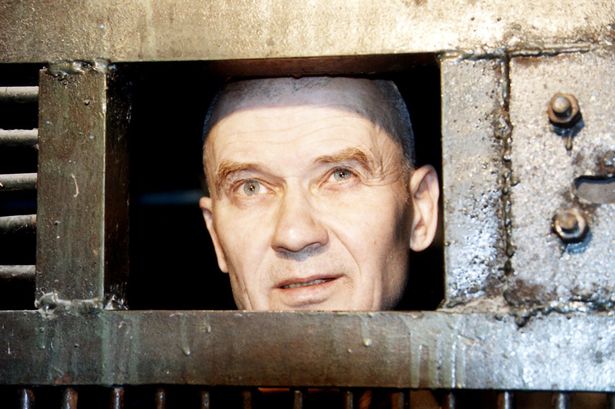
A forensic specialist from Moscow was then sent to aid Burakov’s team and he determined through body fluids found on various bodies that they were looking for a suspect with an AB blood type, thus eliminating all the suspects the police had arrested.
Then four more victims were murdered; a boy, a woman and her adolescent daughter and a teenager girl. This group of victims had had their lips and occasionally their noses bitten off. Police embarked on a substantial surveillance operation, covering vital bus and train stations. In an unexpected twist, Chikatilo was in fact taken in by the police because of suspicious behaviour but as his blood type did not match that of the suspect, he was cleared of the crime but arrested and charged when police found out he was under investigation for theft in a previous workplace. This brush with the law must have shaken Chikatilo as there were no more victims until 1985.
Two more victims were killed before police brought in experienced serial killer investigator Issa Kostoyev to aid their investigation. Kostoyev was convinced that the police had already unwittingly encountered their suspect and sent 29 plainclothes detectives to various bus and train stations in the hope of finding the killer. One such detective encountered a young girl being approached by a man, so he followed him onto a bus where he was behaving suspiciously. This man gave his name as Andrei Chikatilo and he was brought in for questioning. Although the detective was certain that he was the suspect, yet again his blood type eliminated him from the inquiry.
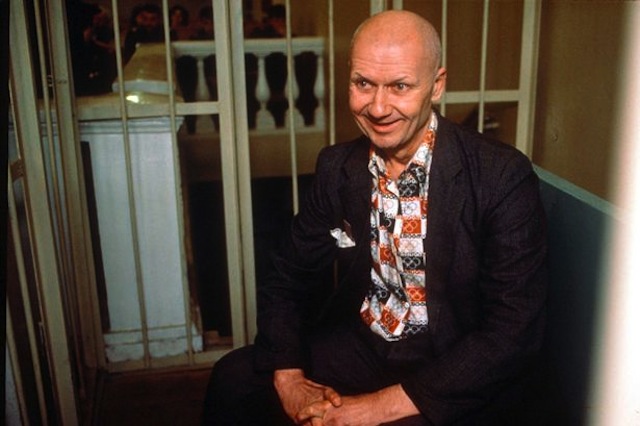
By 1986, detective Burakov had been working on the case for almost four years and the exhaustion that came with such intense and morbid work perhaps inevitably led to a breakdown for which he was hospitalised. It was during this time that Burakov began to think of alternative approaches to solving the case and upon his return to work he hired a psychiatrist for expert profiling (something which was unheard of in the USSR). Dr Bukhanovsky compiled a new profile of the suspect which would prove to be uncannily accurate, pointing to the existence of a wife, his sexual dysfunction and a job which involved travel.
Though the investigation continued, Chikatilo did not kill again until 1988, whereupon his chosen victims and location changed, probably due to increased police surveillance in his usual areas. Over the next two years he would kill 19 victims, most of whom were boys. Many had their genitals removed and taken, and often they had dirt stuffed into their orifices after being anally violated.
At the end of 1988, news came from Moscow to alert detectives that matching blood antigens in bodily fluids with blood type was heavily flawed, meaning that the suspect could well have been already apprehended by the police before being dismissed.
Watch This: Egyptian Interviewer Defied Religious Leader Telling Her How To Dress
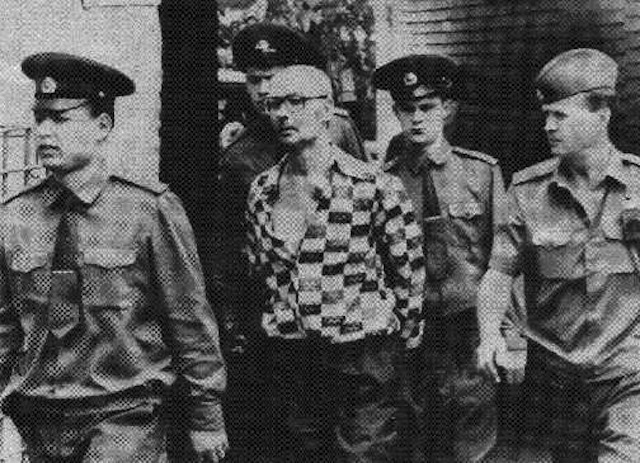
By 1990, 32 victim’s bodies had been found and Russia under Gorbachov began to loosen restrictions on the press which lead to mass outrage and widespread fear throughout the general public. Under considerable pressure to find the suspect, Burakov launched a large-scale operation using undercover police officers as farmers and homeless people and using female officers as prostitutes and runaways.
This tactic eventually paid off on 6th November 1990 when an undercover officer patrolling a train station watched a bloody and dishevelled man approach the station from the nearby woods. Suspicious, the officer recorded the man’s name and further checks strongly implied that this was the man they were looking for. The man was immediately put under 24-hour surveillance. Travel records placed the man in every place where the victims were found and his brief spell in prison coincided with a gap in the killings.
Observations of Chikatilo’s attempts to befriend local children provided more than enough for police to move in and arrest him. Despite initially remaining silent and denying the charges against him, the first night in his cell Chikatilo wrote a 3-page document outlining his sexual impotence and dark fantasies but still refused to confess. Each day of the murders he claimed his wife could provide an alibi. With a maximum of ten days to hold and interrogate a suspect and with the tenth day approaching, it was decided that Dr Bukhanovsky would talk to Chikatilo.
In the interview, Chikatilo talked for two hours about his issues with humiliation and rage before Bukhanovsky probed him about the murders. Chikatilo then confessed to the murders but shocked the police by telling them there had been many more victims – almost twice as many in fact. He admitted that he had partially eaten many of the removed sexual organs and nipples that had been found missing on the bodies.
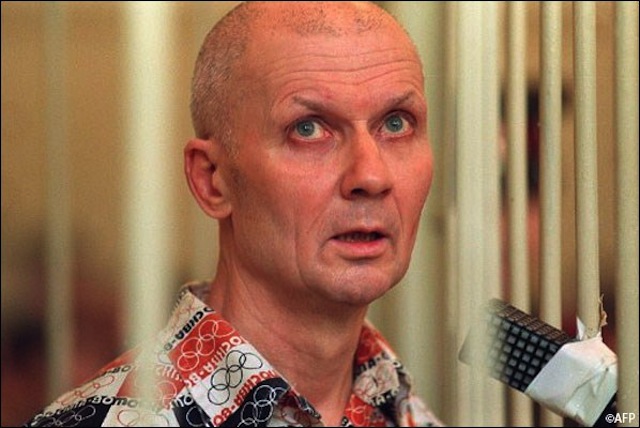
Chikatilo placed great emphasis on the fact that he was probably mentally ill, possibly as a way of avoiding execution and being put in a comparably pleasant psychiatric institution however he was pronounced sane enough to be tried. During the trial, Chikatilo acted every bit the madman, shouting incoherently, drooling and exposing his genitals to the courtroom on several occasions. As relatives shouted abuse at him he started yelling that he was pregnant, being radiated and lactated in prison. On the last day of his trial he was removed from courtroom because he wouldn’t stop singing.
Andrei Chikatilo was found guilty of five counts of molestation and fifty two counts of murder and on 14th February 1994 he was executed.
In the end Chikatilo was under investigation for six years before being arrested and charged for his crimes. The sheer longevity of the case meant countless victims were murdered whilst police apprehended the wrong suspects and chased after red herrings.
So why wasn’t he found for so long?
Check This Out: The Shocking Truth Behind G4S: Racism, Death and Torture
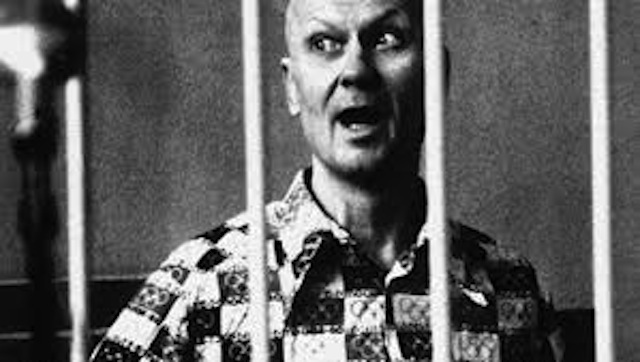
– Because he targeted runaways and vagrants around various bus and train stations, the chances of such victims being reported missing were extremely low. In the case of the victim with Down’s syndrome, she had attended a special school but no one had reported her missing. This is generally attributed to the common Communist era tactic of covering up such indiscretions as a missing schoolgirl.
– The detectives were also in part to blame, as their search was directed at interrogating known rapists and patients at a psychiatric institution. In the Soviet Union at this time, people regarded sexual violence as being an affliction of the West so a naivety could have been blamed for the longevity of Chikatilo’s killing spree.
– Chikatilo was in fact arrested during the initial surveillance operation of bus and train stations but his blood type did not match the suspect profile. This is all down to the limited efficiency of Soviet-era DNA profiling techniques. Although Chikatilo’s blood group was type A, type AB antigens could be found in other body fluids, a fact which modern DNA testing would immediately recognise.
– The USSR was extremely strict about press control and the lack of information published in the media meant that many parents continued unaware of the unfolding horror and took no extra precautions to protect themselves or their children. This may have greatly contributed to Chikatilo’s ability to kill over and over again.
Ok, this goes someway to explaining how Chikatilo went unnoticed for so long. But the most important question remains. Why did he do it?
Read This Next: Terry Richardson- The World’s Most Screwed Up Fashion Photographer
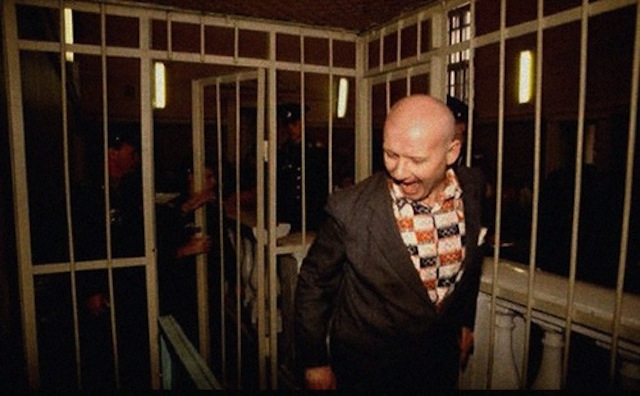
– Chikatilo himself explained his method of ripping out eyeballs as stemming from his superstition that an image of a killer would be permanently imprinted on a victim’s eyeballs. For that reason he found it unbearable for victims to look at him and took away the eyes that served as evidence. With time, he began to realise his superstitions were unfounded, which explains why later victims had their eyes left intact.
– Chikatilo admitted that he could not become sexually aroused without the sight of blood or open wounds and some speculate that the latter may symbolize the vagina which rendered him humiliated and useless.
– Psychiatric reports reveal that Chikatilo shared a single bed with his mother until a late age and frequently wet the bed. This would cause his mother to abuse him and embarrass him in front of others, filling the young Chikatilo with fury and rage.
– As a young man, Chikatilo had once attempted to have a normal relationship with a girl but, upon realising that he was impotent, the girl proceeded to inform the entire village of his problem and he was mocked and humiliated. At this point Chikatilo would dream of ripping the girl to pieces, something which was echoed in his later attacks.
– Growing up in the Ukraine during the famine years when terrible mass starvation reportedly led to widespread cannibalism, Chikatilo claimed to have seen human corpses divided and traded on street corners and his mother told him that he had had an older brother named Stepan who had been kidnapped and eaten. This undoubtedly had an impact on his sanity and his relationship with the human body.
Read Up On: Graham Frederick Young, The 14-Year Old Serial Killer




